The Victorian era is known for its many remarkable inventions that have left a lasting impact on modern society. From the telephone to the typewriter, these inventions have shaped the way we communicate, travel, and even entertain ourselves. But did you know that there are still several inventions from the Victorian era that have relevance in today’s world? Let’s take a look at 10 of these inventions and how they continue to be used today.
10- The Telephone
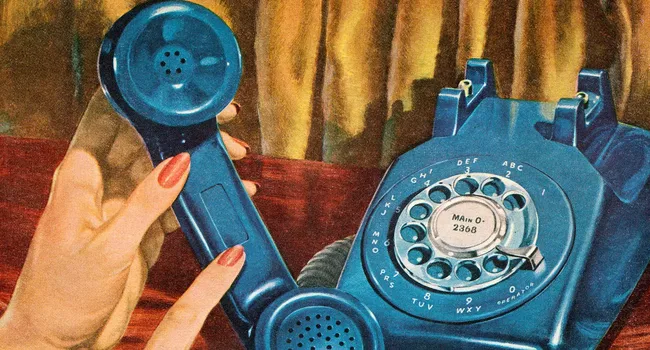
Photo Credit: New Yorker
The Victorian era was a period of innovation and invention. Many of these inventions are still relevant today, including the telephone. Alexander Graham Bell unveiled the telephone in 1876 and it quickly revolutionized how people communicated. It allowed individuals to talk to people across vast distances, no longer limited to face-to-face conversations. This device quickly became a staple of everyday life, with homes and offices around the world installing telephones as a way to stay connected. The telephone is still widely used today, although in a much more advanced form. Today’s phones are not only capable of making and receiving calls, but also of sending texts, taking pictures, and much more. The invention of the telephone was a major step forward in the history of communication and remains an invaluable tool to this day.
9- Elevators
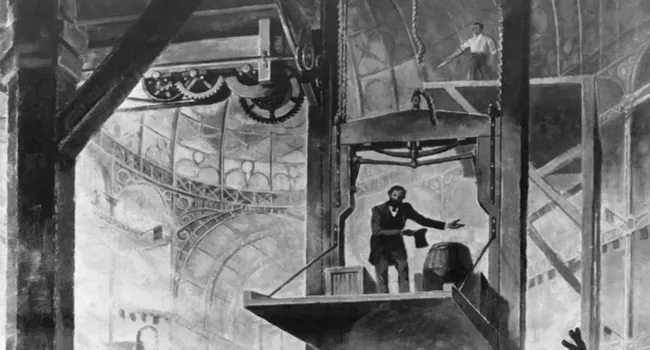
Photo Credit: Mental Floss
Elevators, one of its most important contributions, are still used today. They were first conceived of in the late 18th century, but it wasn’t until the 19th century that they were successfully built and implemented. Elisha Otis invented the first safety elevator in 1852, which allowed multiple floors to be accessed by the single machine. This invention revolutionized the way we move between floors in buildings. His invention was quickly adopted by cities across the world, and it’s still in use today.
In the late 19th century, hydraulic and steam-powered elevators were invented, allowing for higher speed and larger capacity. By the early 20th century, electric elevators were being used in tall buildings and skyscrapers. The invention of elevators allowed for the construction of taller buildings and made it easier to access higher floors. This in turn helped to create the modern cities we know today. Elevators have been a major part of the evolution of architecture and urban development, and they will continue to be an integral part of our lives.
8- The Bicycle
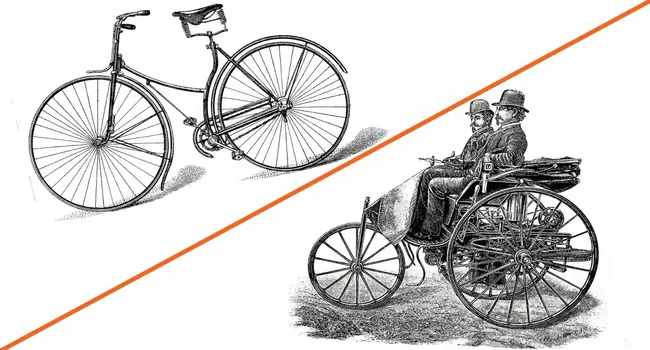
Photo Credit: Gizmodo
Victorian era inventions remain relevant today, particularly the bicycle. In 1817, Karl von Drais created a two-wheeled machine which he called a Laufmaschine. This bicycle precursor was propelled by pushing one’s feet against the ground. In 1839, Kirkpatrick Macmillan invented a bicycle that featured pedals, allowing the rider to use their feet to power the machine. By the 1860s, the modern bicycle had been developed, featuring a chain drive and an equal-sized front and rear wheel. The popularity of the bicycle in the Victorian era was due to its ease of use and practical applications. It allowed people to travel further than ever before and to transport goods with greater efficiency. The bicycle revolutionized transportation and is still popular today, over 200 years later.
7- Gramophone
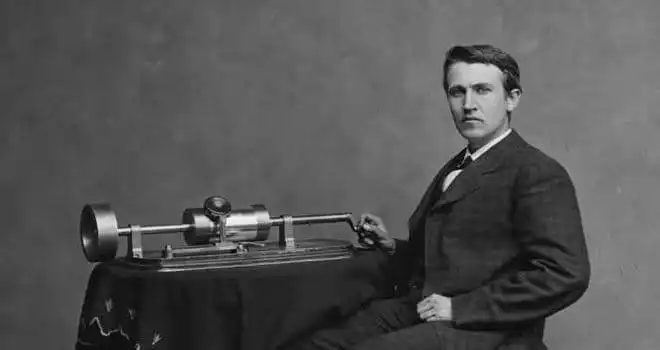
Photo Credit: Mindstick
The invention of the gramophone in 1887 revolutionized the music industry, allowing for the mass production of recorded music. By using a needle to etch sound waves into wax discs, a gramophone could play back recorded music. This invention had immense cultural and economic implications, as it allowed for the mass distribution of music. It allowed people to share music with one another, and it gave rise to the modern music industry. The gramophone also ushered in the era of radio broadcasting. Radio stations used gramophones to play records, allowing for the spread of popular music to a much wider audience. Even today, the gramophone is still in use. It has been adapted for use in digital music technology and modern radio broadcasting, making it a lasting part of the music industry.
6- Light Bulb

The light bulb was an especially important invention. It revolutionized the way people illuminated their homes and workplaces, allowing people to stay up later and work longer hours. The light bulb has remained an essential part of modern life ever since. Its design and principles of operation remain virtually unchanged since its invention. In fact, the incandescent light bulb is still the most common type of light bulb in use today. This testament to Victorian ingenuity is proof that some inventions stand the test of time.
5- Internal Combustion Engine

Photo Credit: Engineering Choice
The internal combustion engine was invented in the Victorian era. It harnesses the energy of burning fuel to generate power. A four-stroke cycle is used to create continuous power. This cycle consists of intake, compression, power, and exhaust. It was an innovative breakthrough, allowing for far more efficient power production. This technology revolutionized transportation and industry. Automobiles, airplanes, trains, and ships all rely on this technology for propulsion. It is also used for electric power generation, powering factories and other infrastructure. The internal combustion engine has become an integral part of our daily lives, providing us with the power that we rely on. In the years since its invention, refinements have been made to make them more efficient and reliable. The internal combustion engine has withstood the test of time, remaining a staple of our modern lives.
4- Sewing Machine
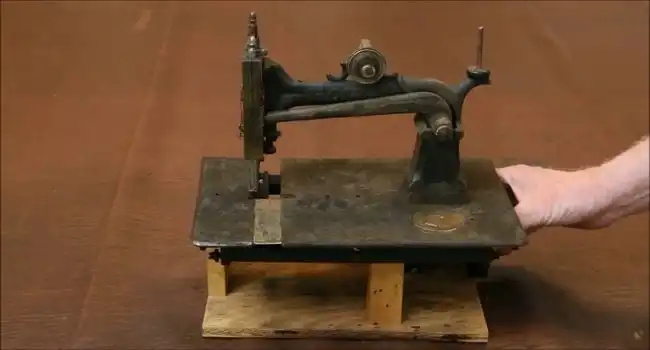
Photo Credit: Super Label Store
The sewing machine, invented in the mid-1800s, revolutionized the way clothes and other fabrics were made. It was a major breakthrough in the Industrial Revolution, allowing people to produce garments quickly and efficiently. The invention of the sewing machine improved the livelihood of many people, as clothing production could now be done in mass quantities. The sewing machine also allowed for the introduction of uniformity in clothing production.
It enabled people to create intricate patterns and designs with ease and precision. The invention of the sewing machine provided an incentive for women to enter the workforce and allowed them to contribute to the economy. The sewing machine also made it easier for people to produce their own clothing at home. This enabled them to save money and time, as well as giving them the freedom to customize their clothing to suit their individual style. The sewing machine is still widely used today, and its impact on society continues to be felt.
3- Radio

Photo Credit: Who Thought of It
The Radio was one of these inventions, developed in 1873. This technology was invented by Scottish-born physicist James Clerk Maxwell, it involved the transmission of electrical signals through the air. Hertz used this technology to send and receive Morse code messages in 1895. Marconi built on these experiments to produce the first wireless telegraph. Guglielmo Marconi’s wireless telegraph was used to communicate across the Atlantic in 1901. By 1910, the first commercial radio broadcasts were taking place. Reginald Fessenden sent the first music broadcast in 1906. In 1923, the first regular radio broadcasts began to be heard. The BBC was founded in 1922 and began broadcasting radio programs. This was followed by the creation of the Voice of America in 1942. Radio continues to be a major form of communication in the 21st century.
2- Rubber Tires

The Victorian era saw the invention of rubber tires. Charles Goodyear’s vulcanization process, which is still used today, allowed rubber to be heated and molded into a durable product. This enabled the development of the modern pneumatic tire. The first rubber tires were used on bicycles and carriages in the 1870s. By the 1880s, tires had become the standard for automobiles. This revolutionized road transportation, allowing for greater speed and comfort. Tires are now a ubiquitous feature of modern life, from cars to bicycles, to aircraft, to industrial machinery. Their invention in the Victorian era was one of the most important advances in transportation and continues to shape the way we move today.
1- Automobile
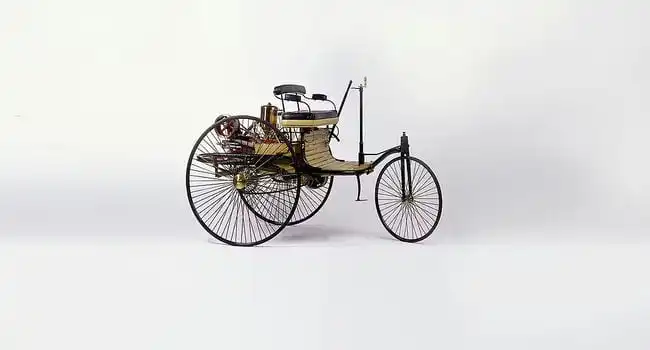
Photo Credit: Mercedes Benz
The most significant of these is the automobile. In 1885, Karl Benz designed the first petrol-powered car. It featured a four-stroke internal combustion engine. By 1896, cars were being mass-produced in Europe and the United States. The invention of the automobile revolutionized transportation and changed the way people lived their lives. It allowed people to travel further and faster and opened up new possibilities for commerce and leisure. The automobile also had a major economic impact, creating new jobs and stimulating economic growth. Today, cars remain an important part of our lives, with millions of people relying on them to get around. The automobile has come a long way since its inception in the Victorian era, but its impact remains as strong as ever.


